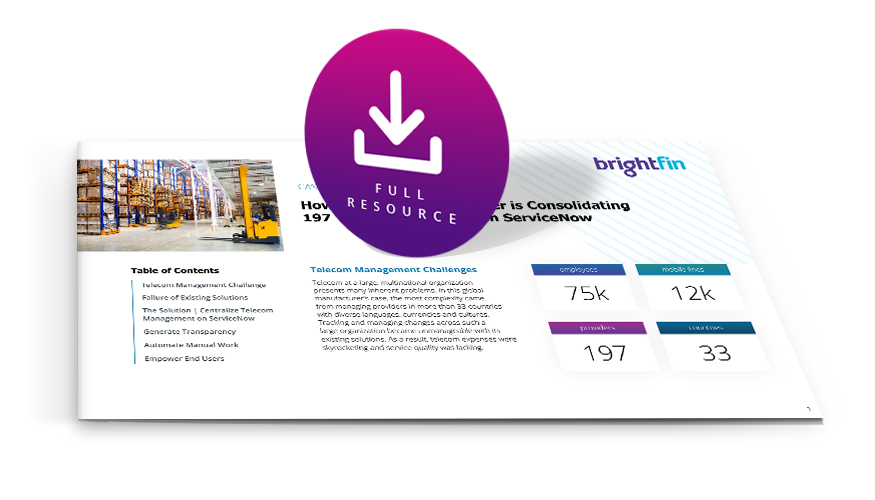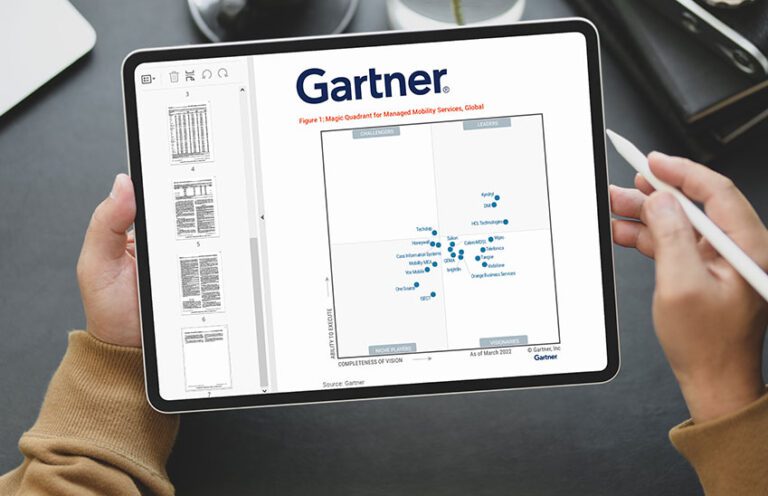Case Study Summary
In recent years, choices surrounding how a company addresses its software and data management needs have grown from being limited to local in-house systems over to cloud computing services. This shift brings with it an increased need for management and governance to prevent overspending. Cloud expense management, also known as cloud cost optimization, is an organizational approach that allows an enterprise to manage both the costs as well as needs associated with the use of cloud technology. The number one priority is to maximize cloud usage and efficiency and minimize costs, all while ensuring teams have the cloud resources they need when they need them.

Why is Cloud Expense Management Needed?
The cloud infrastructure ecosystem is growing increasingly complex. New applications and services are entering the cloud with each passing year. Businesses are quick to adopt any of these new services to maintain that competitive edge. A huge benefit of choosing cloud-based services, as opposed to in-house hosted systems, is the ability to procure and use only the services needed based on usage, memory space, and the number of users. When a larger organizational plan is proactively making decisions regarding how and when to expand their cloud-based services, this “pay for what you use” model can amount to large savings.
However, when these services are not appropriately managed and monitored, it’s far too easy for costs to spin out of control. This situation often occurs when decision making across an organization is decentralized, as spending in the cloud is no longer under any particular department’s control. Should more data storage be needed, more software licenses acquired, or more authorized applications running, there’s no centralized place to monitor all the cloud assets a company is using to best determine if simply adding more is in a company’s best interest.
brightfin’s unique cloud monitoring tools can help ensure your organization is prepared for the future of IT.




